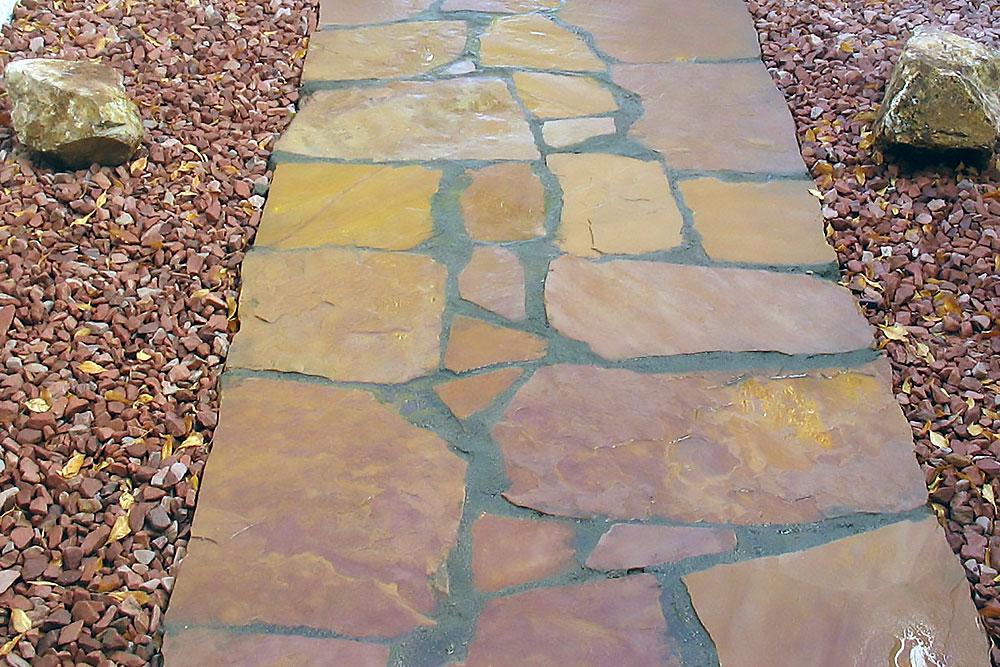Many modern homes and businesses across the country install pavers for walkways, which add an elegant but rustic touch to properties. However, the concept is quite old and has been used by various cultures for thousands of years
The Evolution of Pavers
Using pavers began approximately 5,000 years ago in Giza, Egypt. Giza has the oldest known paved road, which was used as a link between the Lake Moeris quarry and the site where the Great Pyramids were constructed. Thousands of limestone and sandstone slabs along with logs were used to create the 7.5-mile stretch of roadway. Egyptians built the road out of necessity in order to transport massive blocks without getting bogged down in the sandy soil.
Roman Technique
By 500 B.C., the Romans were constructing roads using segmented pavers. The roads enabled Roman armies to transport troops and equipment faster without having to deal with mud during the rainy season or dust on dry days. Romans created the roads by embedding crushed stone or landscape rocks as the foundation. Six-sided capstones were then placed on top of the stone. In some locations, rounded river stones formed the paved path. Many European countries continued using the Roman strategy, which included a combination of crushed stones, clay and pavers to create pathways. The new roads made traveling by horse-drawn carriages much simpler. In fact, cobblestone road construction continued until the 18th century.
Post War Years
After World War II, the majority of European countries busied themselves with reconstruction. Roads were rebuilt and repaired using paving stones. The material was proven to withstand heavy usage and year-round weather conditions. During this time, ingenious engineer Fritz Von Langsdorff determined to make pavers in various sizes, shapes and colors. He was also instrumental in manufacturing pavers made of concrete instead of clay or natural stone. The pavers were also designed to interlock. The new concept made road construction more affordable and cost effective. Interlocking concrete pavers were first used in Stuttgart, Germany during the 1960s.
The Tradition Continues
A decade later, the technology and manufacture of interlocking, concrete pavers was common throughout Europe. The technique was also implemented in the United States. Today, pavers and rocks are used for various types of construction and for ornamental purposes. Home and business owners have access to affordable pavers and rocks in a wide selection of sizes, shapes, textures and colors.





